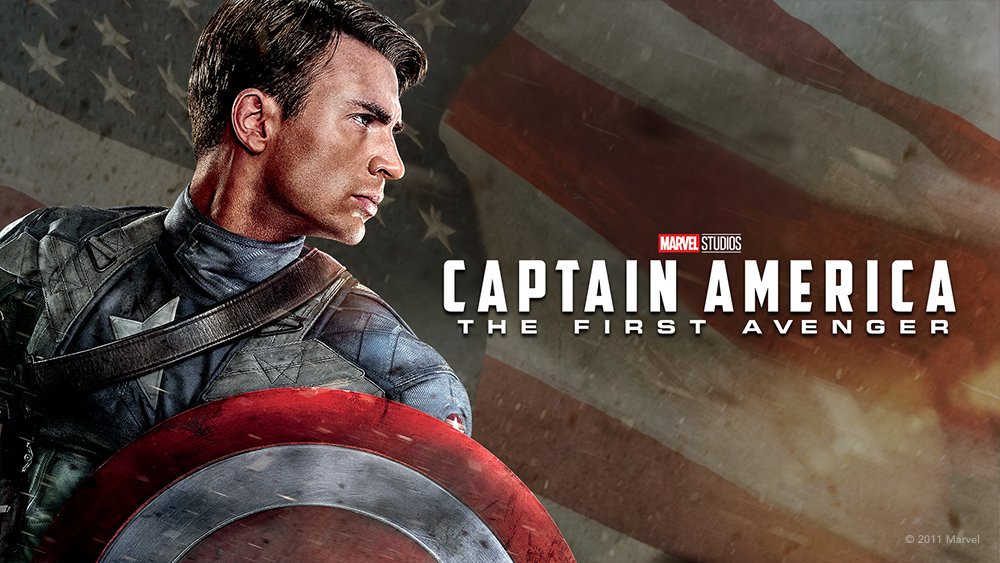

Later in the movie, a battle between the divided Avengers comes to a staggering halt when Rhodey is wounded, leaving the character paralyzed from the waist down. Ultimately, his loss of life only adds to the movie’s high body count, which is composed primarily of people of color after a similar bomb blast in Lagos at the movie’s opening. His death kickstarts major plot points that lead towards the climax of the movie. T’Chaka, the father of T’Challa and the king of the technologically-advanced African nation of Wakanda, is killed in the United Nations bomb blast. The MCU also has a history of using the victimization and pain of characters of color, specifically Black men, to further its plot, such as in Captain America: Civil War. For several long years Sam and Rhodey were played up as the supportive Black best friends, an increasingly tiring trope to the MCU’s most prominent heroes which became the franchise’s baseline treatment of some of its characters of color. Sam was seemingly slotted in as the right-hand man to Captain America just as Rhodey appears to be Iron Man’s.

In most movies from Phase 1 and Phase 2, the MCU seemingly sees its characters of color as plot devices or support staff to white protagonists. The former pararescue airman takes up the mantle of Falcon along with a pair of propulsion wings when Steve Rogers, aka Captain America, comes calling for his help.
#Captain america movies evolution movie
Rhodey, one of three prominent(ish) characters of color introduced in Phase 1, would continue to recur throughout several MCU movies, but despite being introduced early, it would take years until there was anything close to a distinctive focus on him in the MCU, despite movie after movie centered on white protagonists.Ī few years later, Captain America: The Winter Soldier introduced Sam Wilson. Iron Man both kickstarted the franchise and introduced Tony Stark’s best friend Colonel James “Rhodey” Rhodes, who would later go on to don the War Machine armor. This sends the message to fans of color that they are not viewed as equally important as their white counterparts. In most of its movies from Phase 1 and Phase 2, the MCU seemingly sees its characters of color as plot devices or support staff to white protagonists. Having been an MCU fan for almost a decade, I find it easy to admit that one of the franchise’s greatest flaws is its limited and inconsistent focus on non-white actors and characters. This is significant because, despite tackling subjects such as PTSD and familial bonds, the MCU has had a less than stellar track record when it comes to racial diversity. When Marvel’s The Eternals releases in November 2021, South Asian fans such as myself will finally have the opportunity to see themselves represented in the on-screen MCU after almost thirteen years.


 0 kommentar(er)
0 kommentar(er)
